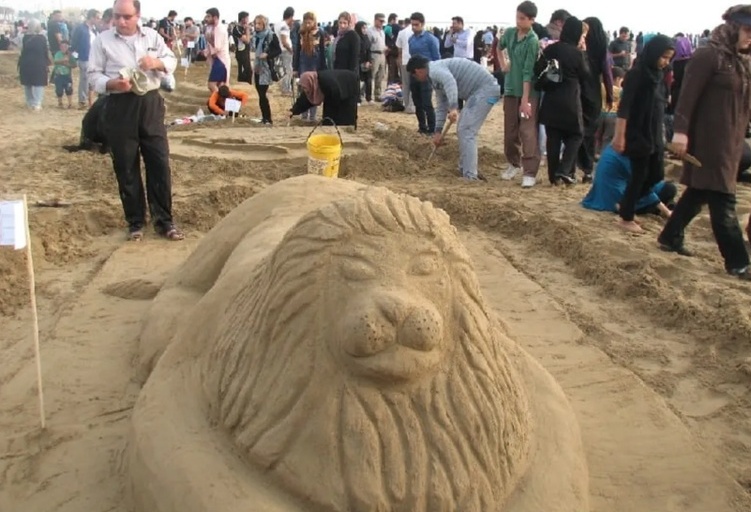SAEDNEWS: Bandar Genaveh is one of the most beautiful coastal cities in Iran, located in Bushehr province. Every year, many tourists choose this tourist destination for shopping purposes, as Bandar Genaveh is known for its luxurious and cheap markets, and is referred to as the "Dubai of Iran."
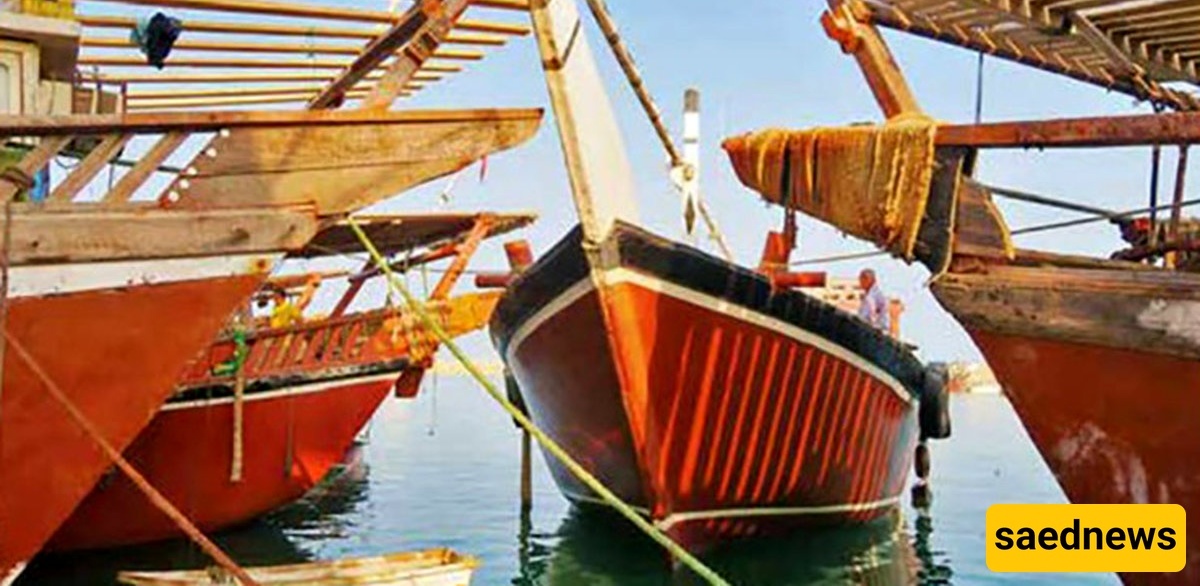
Bandar Ganaveh is one of the southern cities of Iran and the capital of Ganaveh County in Bushehr Province. Covering an area of 2,044 square kilometers, this county is located on the northern coast of the Persian Gulf. Bandar Ganaveh, situated five meters above sea level, is divided into two districts — Central and Rig — and two rural districts — Hayat Davood and Rud Halleh.
Ganaveh County borders Deylam County to the northwest, Fars Province to the northeast, Dashtestan County to the east, Bushehr County to the south, and the Persian Gulf to the west. Bandar Ganaveh lies approximately 800 kilometers (about 10 hours by road) from Bandar Abbas and 1,024 kilometers (about 13 hours by road) from Tehran.
Kharg Island is also located near this coastal city, and you can easily reach it by boat.

Although Bandar Ganaveh is a relatively small coastal city, like any other city, it has multiple neighborhoods. Among the most well-known are Jaddeh Borazjan (or Jomhouri Eslami), Baba Ali Shah, Nowruzabad, Sadat, Basijian Quarter, Emamzadeh, Abd-e Emam, Motahhari Quarter (or Zamin-e Shahr), the Bazaar, and the Sar Khor neighborhood.
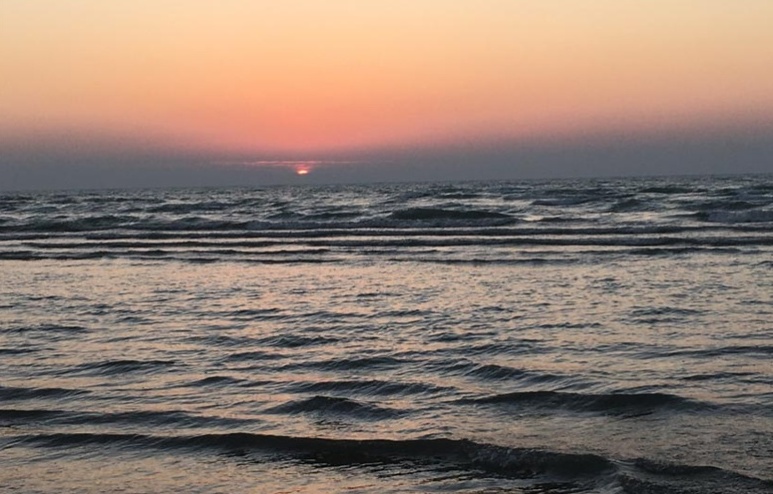
The population of Bandar Ganaveh is made up of both Shia and Sunni Muslims. Due to the migration of people from surrounding towns, the city has become home to various ethnic groups. There are Arab-inhabited neighborhoods in Ganaveh, and in some areas, Dashti tribes have settled. However, the city is considered part of the Lur-speaking regions, and thus, many residents speak the Lori dialect with the Hayat Davoodi accent.
Bandar Ganaveh is known for its beautiful handicrafts, including handwoven mats and pottery. Mats are among the most famous local souvenirs of southern Iran and Bandar Ganaveh. These mats serve as an excellent alternative to small rugs and perfectly convey the southern atmosphere.
The pottery of Bandar Ganaveh is handcrafted by local women, who decorate them with unique patterns and motifs, turning them into distinctive souvenirs.
Another popular souvenir of Bandar Ganaveh is fish. From this coastal city, you can purchase various kinds of fish, such as salted fish, red snapper, and grouper. If transporting fresh fish is difficult, you can opt for dried or salted fish from local markets. In addition to fish, one of the most attractive souvenirs from Bandar Ganaveh is handmade fishing nets, which are considered one of the most cherished handicrafts of the region.

Like other cities along the Persian Gulf and in southern Iran, Bandar Ganaveh has a hot and humid climate. Therefore, the best time to visit is from mid-autumn until early April. The average temperature in Bandar Ganaveh is around 25°C, but in summer, it can reach up to 50°C, which can be extreme. In autumn and winter, the surrounding plains bloom with colorful flowers, offering a stunning natural landscape.
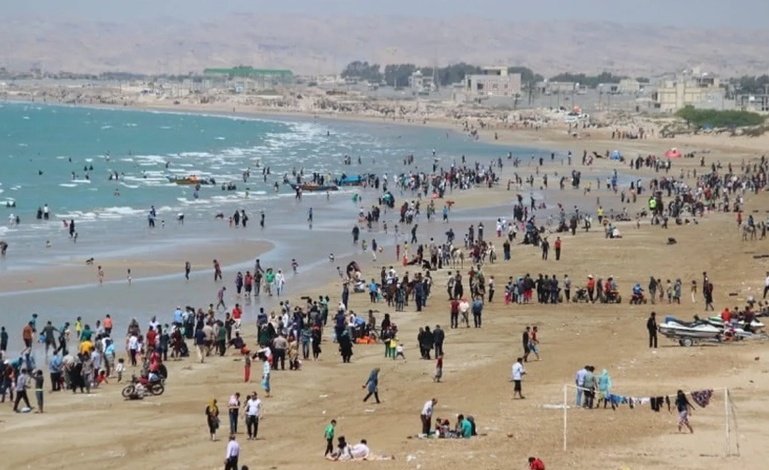
The city of Genaveh Port is a historical city with a history of more than 1,500 years, which developed during the Sassanid period. This city has been mentioned in the writings and works of many prominent figures such as Nasir Khusraw Qubadiani, Jalal Al-e Ahmad, Hamdallah Mustawfi, and the famous geographer Ibn Hawqal. Genaveh Port is a city where every corner is tied to a story in history.
Some of the remaining relics of ancient Genaveh are known today by the names Tirsol (meaning compressed sand), Tel Guri, Tel Gonbad, Tel Emamzadeh, and Tel Manareh. Around this historic port and beneath the ruins of this ancient city, numerous coins, pottery, and stone objects have been discovered, indicating the antiquity of Genaveh. In addition to these items, cannonballs or catapult projectiles from that era can also be seen around this ancient city. These projectiles are made of baked clay in cylindrical shapes or of yellow and red pottery.
The modern-day Genaveh Port is located near the ruins of the ancient and grand city of Genaveh. In old sources, this city has also been referred to by names such as Gonabad, Gonfeh, Janfeh, and Janaba. Some attribute its construction and formation to Janaba ibn Tahmuras Divband, known as Tahmuras, one of the kings of the mythical Pishdadian dynasty. Regardless of the real or legendary identity of the Pishdadian dynasty, documents exist showing that Genaveh Port existed in the second or first millennium BC.
Many historians believe that during the glory of the Elamite civilization, temples and buildings were built between Janaba and Reeshehr (modern-day Bushehr), some of which — including the temple of Kiri Risha, the goddess of the Elamite civilization — were located in Genaveh Port.
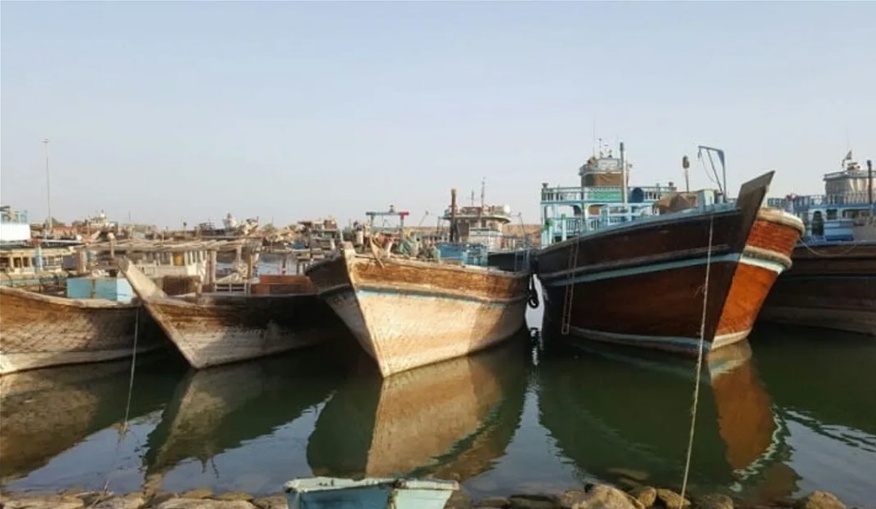
There are many ancient mounds in Genaveh Port that indicate the existence of civilization during ancient Iran. Among the most famous of these mounds are Shah Naseri Mound in the east of Genaveh village, Tel Mohammad Heydar Mound in the northern part of the village, and Kalat Mound in the south of the village. In addition to these three mounds, local people believe that there was another mound which has now turned into the cemetery of a neighboring village.
What makes these ancient mounds valuable and confirms their antiquity are the pottery, coins, and stones discovered during excavations. There are also stories and legends among the locals about these mounds. Some people believe that in Mohammad Heydar Mound there is a great treasure hidden, guarded by a seven-headed snake.
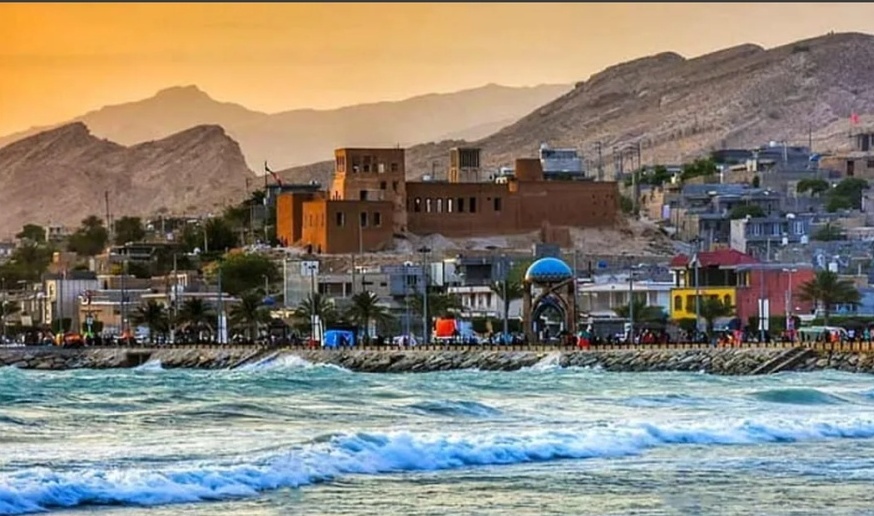
Along the road from Genaveh Port to Deilam Port lies an Imamzadeh (shrine) with stepped architecture. This shrine, known as Imamzadeh Soleiman ibn Ali, is one of the attractions of Genaveh Port. The dome of this Imamzadeh, with its turquoise blue color and white and turquoise tilework, has a very special charm.
Helleh Wetland
Helleh Wetland is one of the protected areas in the south of the country and is considered the habitat of very rare and valuable species. This wetland, covering an area of about 40 hectares, is fed by the Helleh River. Helleh Wetland is considered one of the attractions of Genaveh Port and is home to many migratory birds and animals such as rabbits, wolves, wild boars, and jackals. The lush greenery around the wetland provides a suitable habitat for wildlife.
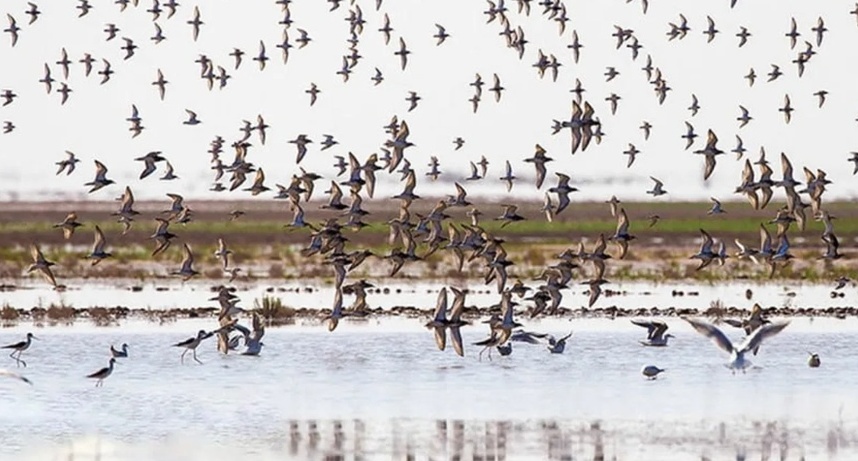
“Ghar-e To Div” is an ancient mountain located near the port city of Genaveh in a village called “Mal Qaed.” This cave dates back to the Zoroastrian era. The name “Ghar-e To Div,” meaning “the house of demons,” is considered one of the attractions of Genaveh. This cave, similar to a rock tomb or ossuary, served as a place for Zoroastrians to lay their dead and perform their funerary rituals. Ghar-e To Div has a five-meter-long corridor leading to a four-arched chamber.
Bandar Rig, located 17.8 km (20 minutes) from Genaveh, has held a strategic position from the past until today and has been of great importance. Due to this location, the port was a site of conflict between Iran, Portugal, and England during the Safavid era.
One of Iran’s national heroes, Mir Mohanna, who was the ruler of Bandar Rig, Helleh Wetland, and Khark Island during the Zand dynasty, fought against the Dutch, Portuguese, and British. He succeeded in driving them out of Khark Island and ending their dominance over the Persian Gulf.
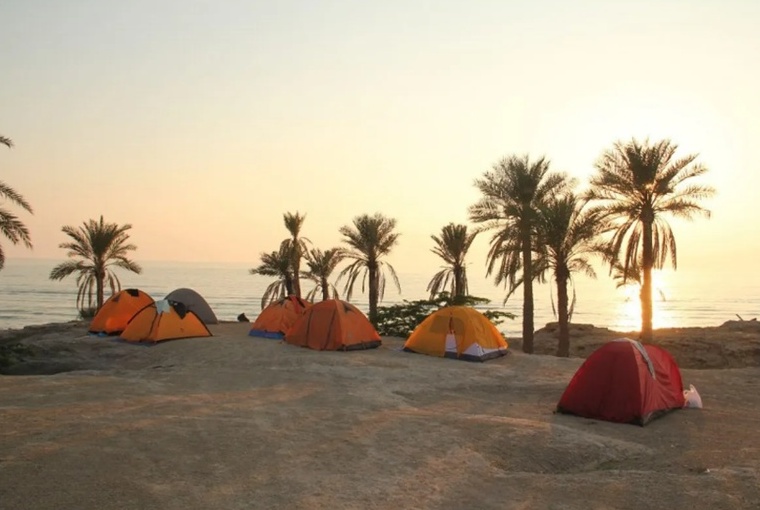
“Bibi Maryam” is among the few remaining historical monuments, considering the 1,500-year-old history of Genaveh. Historians have conducted extensive studies on this structure; however, its exact age remains unknown. Bibi Maryam, also known as “Bi Morreh,” is a small, simple tomb located in the western part of the Baba Ali Shah neighborhood, situated on an elevated spot.
The village of Mal Qaed, despite its ancient relics, is no less old than Genaveh itself. With one of the most beautiful rocky shores in southern Iran, this village attracts many tourists. The water here is very fresh, and in the past, residents of the Sarkhor neighborhood used to supply their drinking water from the sources in this village.
The Mal Qaed Tourist Village, located in the same village and just 500 meters north of Genaveh, is expanding day by day thanks to its beautiful coastal views. The village is bordered on the east by mountains, fields of narcissus flowers, and wheat and barley farms; on the west by the Persian Gulf; and on the north by lush citrus orchards and palm groves. Mal Qaed offers vast and breathtaking views, and if you stand on its highest point, you can see the entire city of Genaveh.
Another attraction near Genaveh is the seasonal “Darreh Gachi” River, which is 22 meters long. This river originates from “Puneh Gaz” Mountain in the northeast of Genaveh and flows through the city before emptying into the Gulf of Oman and the Persian Gulf. Upon reaching the village of “Gav Sefid,” the river splits — one branch passes through the “Gijak” valley and Genaveh, and the other flows through the village of “Poozehgah” and Bandar Rig, with both branches eventually reaching the Persian Gulf.
One of the most beautiful attractions of Genaveh is its stunning sandy and rocky beaches, where you can watch the rolling waters of the Persian Gulf. One of the main events held on these sandy shores is the sand sculpture festival, usually accompanied by spaces for traditional games and local food stalls. In addition, you can enjoy boating and other water activities here.
